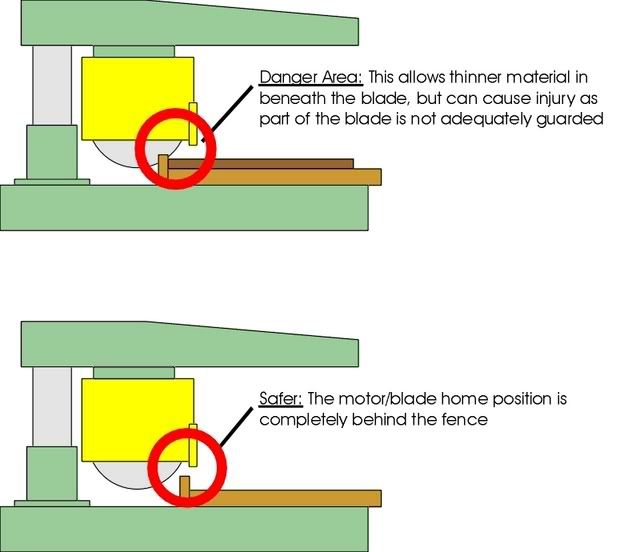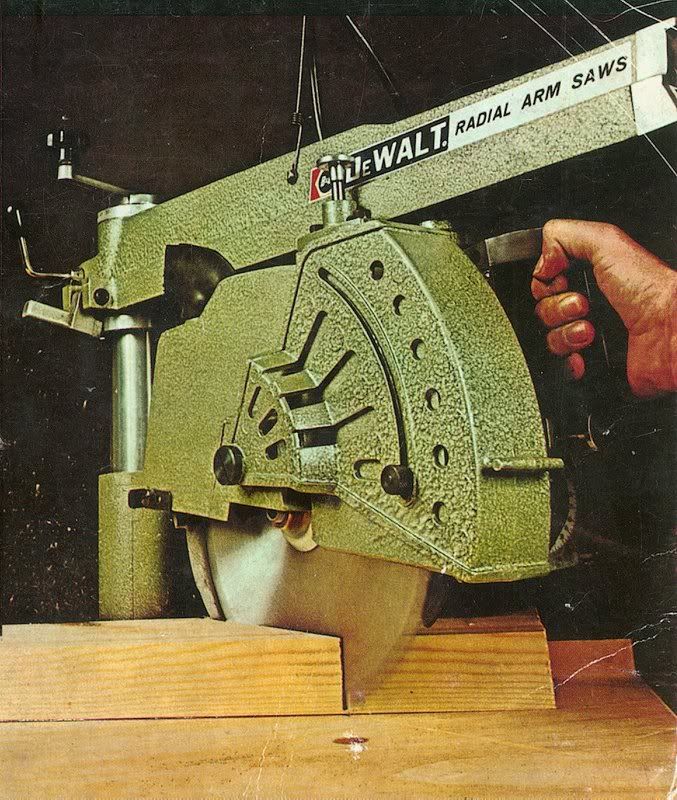9fingers
Established Member
I have a Dewalt DW1753 RAS bought 2nd hand as a refurbishment project.
Not much progress to date apart from getting a manual from Dewalt CS as it is not one they keep on line.
Bob
Not much progress to date apart from getting a manual from Dewalt CS as it is not one they keep on line.
Bob






